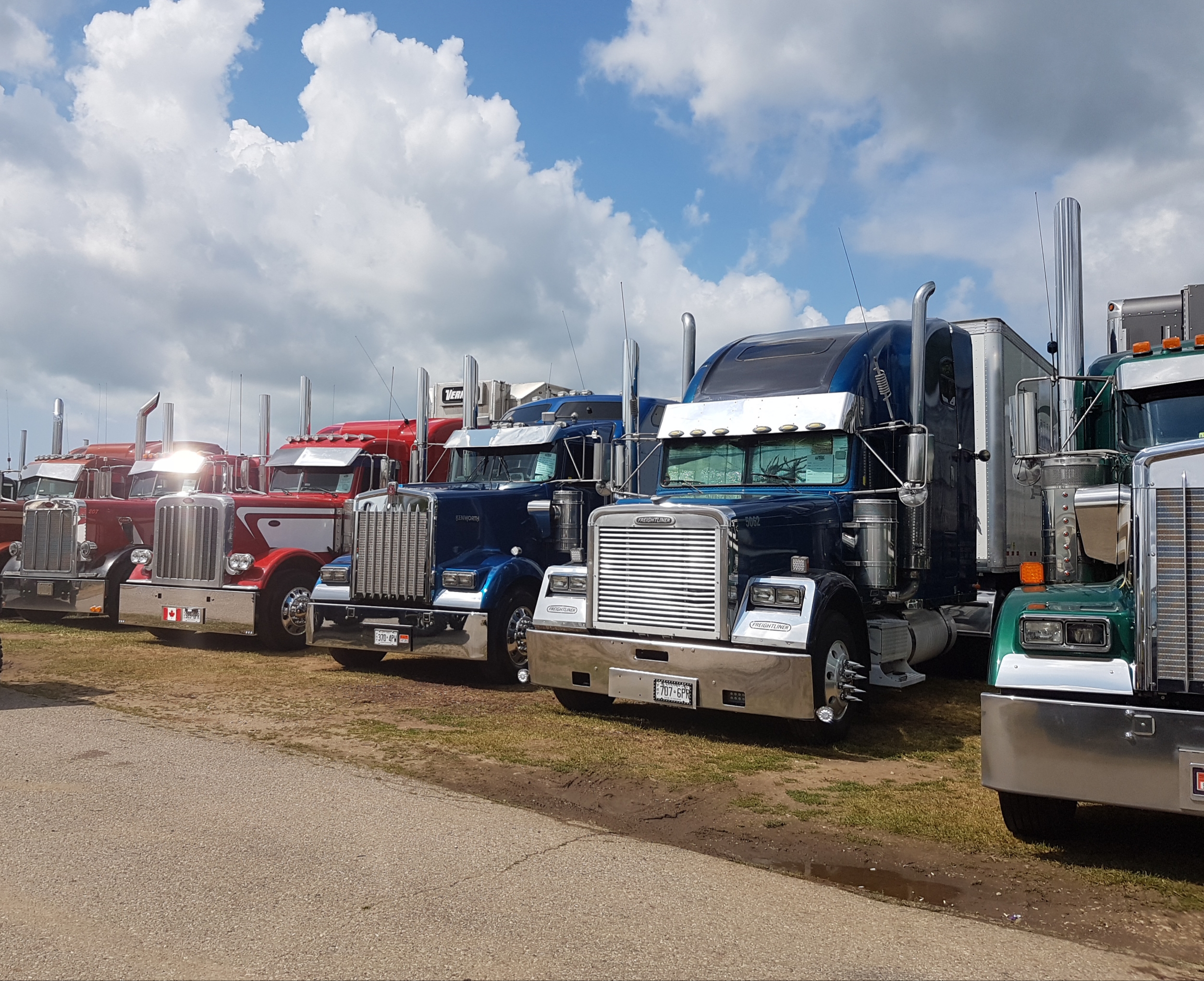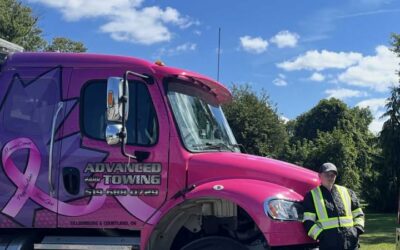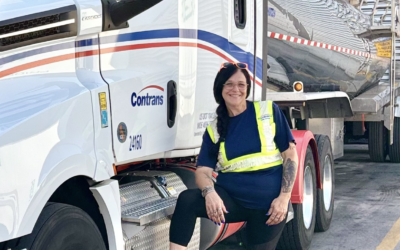A Blueprint for a Barrier Free Future in Canadian Trucking
By Shelley Walker, CEO, Women’s Trucking Federation of Canada
A Historic Gathering for Canada’s Trucking Industry
Last week, WTFC took part in a landmark meeting hosted by Transport Canada, where leaders from across the country united to tackle internal trade barriers and boost productivity industry wide. Canada’s trucking industry drives our economy, yet fragmented licensing systems, inconsistent training standards, and overlooked safety gaps continue to stall progress. To address these challenges, WTFC is championing sweeping reforms anchored by a National Trucking Credential and guided by a gender informed approach to strengthen supply chains, enhance safety, and open career pathways for all drivers.
1. Harmonized Entry Level Training
A single, 220 hour minimum curriculum will eliminate provincial and territorial cross border delays and safety risks. Key elements:
- Core driving competencies and theory based learning.
- Eight hour labour trafficking response module.
- Mandatory Canadian Language Benchmark Level 6.
- Targeted bursaries for women, Indigenous peoples, and recent immigrants.
2. Centralized Safety Rating and Monitoring
Transparency and accountability hinge on unified data and standards:
- Real time, national NSC database.
- One audit protocol enforced coast to coast.
- Publicly accessible carrier safety ratings.
3. Consistent Rest Area Infrastructure
Drivers need safe, reliable stops to manage fatigue and comply with hours of service rules:
- National minimum standards for spacing, lighting, and security.
- Certified alternative parking and rest locations.
- Pan Canadian mobile app displaying real time availability.
4. Uniform Road Standards and Maintenance
Seasonal extremes and uneven construction create bottlenecks:
- Coast to coast pavement and lane marking guidelines.
- Harmonized winter maintenance thresholds and response times.
5. Streamlined Oversize/Overweight Permitting
A single permit process will cut red tape and speed freight movement:
- One OS/OW application accepted nationwide.
- Standardized signage and daylight definitions.
- Codified regulation replacing temporary MOUs.
6. Expanded Weight Allowance Configurations
Avoid costly equipment swaps by broadening approved axle and weight combinations:
- Joint federal provincial review of vehicle configurations.
- Permanent regulatory updates replacing narrow MOUs.
7. Full ELD Mandate Enforcement
Consistent fatigue management depends on universal electronic logging device adoption:
- Mandatory ELD compliance in every province and territory.
- Shared national dashboard for real time monitoring.
8. National Trucking Credential and Labour Mobility
Replacing thirteen licences with one digital “Safety Passport” will unlock coast to coast workforce mobility:
- 220 hour curriculum, challenge exams, and secure blockchain credentials.
- Subsidies to lower financial barriers for trainees.
- Real time verification for recruiters and regulators.
9. Stronger Protections for Temporary Foreign Workers
Ensuring fair treatment and competitive equity:
- Approved Employer Program with rigorous pre-vetting.
- Aligned oversight standards to prevent abuse.
- Mandatory gender based risk assessments.
10. Tackling Hidden Internal Trade Barriers
Beyond licensing and training, we need a full audit of:
- Fuel tax and carbon levy rebate delays.
- Insurance proof of coverage inconsistencies.
- Tolling, weigh station fees, and municipal idling/parking bylaws.
- Duplicative environmental reviews for infrastructure projects.
Embedding a Gender Informed Lens
A modern trucking workforce thrives when women’s needs are front and centre:
- Well lit, lockable rest area washrooms and emergency call stations.
- Confidential, harassment reporting systems.
- Childcare rebates for long haul assignments.
- Harmonized family leave benefits and pregnancy protections.
- Mentorship, leadership, and work life balance modules in the NTC.
- Annual, gender disaggregated data collection on training, employment, and safety.
Call to Action
The WTFC urges federal, provincial, and territorial leaders to:
- Approve funding for curriculum development, bursaries, and digital platforms.
- Pilot the National Trucking Credential and pan-Canadian apps in three jurisdictions.
- Harmonize regulations and enforcement protocols by 2026.
- Commit to transparent, quarterly reporting on safety, mobility, and workforce diversity.
Together, we can build a safer, more efficient, and fully inclusive trucking industry, one unified credential and one gender informed policy at a time.
More Than Towing: Krystal Degen’s Drive to Make a Difference
What a powerhouse in the community of Kitchener Ontario—Krystal Degen, the heart and soul behind Ken’s Code Yellow...





0 Comments